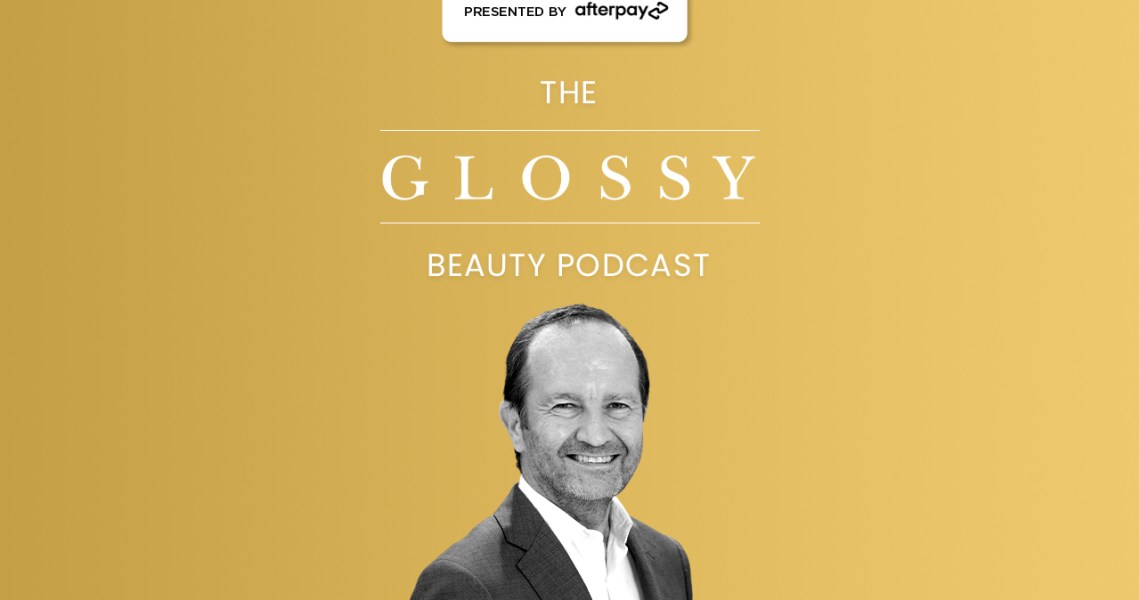Subscribe: Apple Podcasts | Stitcher | Google Play | Spotify
For La Prairie Group regional vice president François Le Gloan, what the luxury beauty brand didn’t do in response to the coronavirus pandemic is as important as what it did. Le Gloan is responsible for the company’s operations in the Americas and Oceania.
“We have seen a flurry of promotions,” he said about the larger beauty industry, on the Glossy Beauty Podcast. “With the help of our retail partners, we have managed to stay a bit away from this surge of promotional activity.”
One front for change, however, is how the company sells product online. La Prairie organizes online events; participants receive samples in the mail in advance, so that they can mimic the typical learning and sampling experience that was the industry’s bread and butter in-store before the crisis.
Le Gloan anticipates that many of La Prairie’s digital pivots will stick around for the long haul. “Looking back maybe two or three years time, we will realize that it has enriched the palette of the way we are doing things,” he said.
Here are a few highlights from the conversation, which have been lightly edited for clarity.
‘A stress test,’ but not a reason to change everything
“What we have seen for all the brands in the market is a big shift to e-commerce. And together with this shift, we have seen a flurry of promotions, or tactics of this sort. And one of our pillars is really to grow in a qualitative way. And this year, with the help of our retail partners, we have managed to stay a bit away from this surge of promotional activity. So that’s just an example to illustrate the fact that this year was more difficult, but it did not change the pillars of our strategy. It was a stress test, in terms of values — the stronger your values, the stronger your strategy, the better you can come out of this kind of situation.”
Ad position: web_incontent_pos1
How to make online shoppers feel valued
“During the pandemic, there was also an opportunity to bring service to online shopping. And we have created some position of service that was not existing before, so that, whether you shop in-store or whether you shop online, you will be able, as a consumer, to receive the same level of advice. Now, between physical and digital, of course, there’s just one big difference: that you cannot test a product. But there’s also some way around. We have organized a large-scale program of online events, where we invite some clients to introduce a new product on different themes. And before we get together, we send them some samples, which are connected to the product that we want to show them. And it’s also a way to bridge this gap into the product experience, between what’s happening in-store and what’s happening online. So you need to find your ways to adapt your strategies to the structural moves of the market and not to resist them.”
Much of the digital moves will be permanent
“What we have seen over this year is that everything we do must have a digital form: consumer events, education, business relationships, everything. It’s not new. So I would say that even if we are back to some sort of normalcy in the course of the next year or the year after, this whole shift to digital will remain. And in some cases, it will be an additional way of doing things, in addition to the in-person way of doing things. So somehow this period, looking back maybe two or three years time, we will realize that it has enriched the palette of the way we are doing things.”




